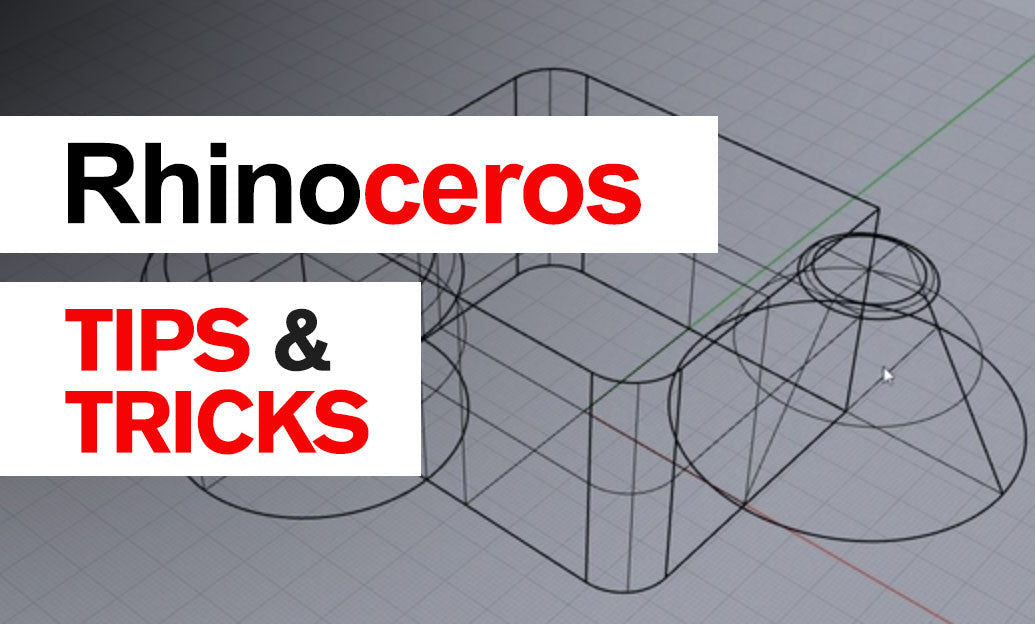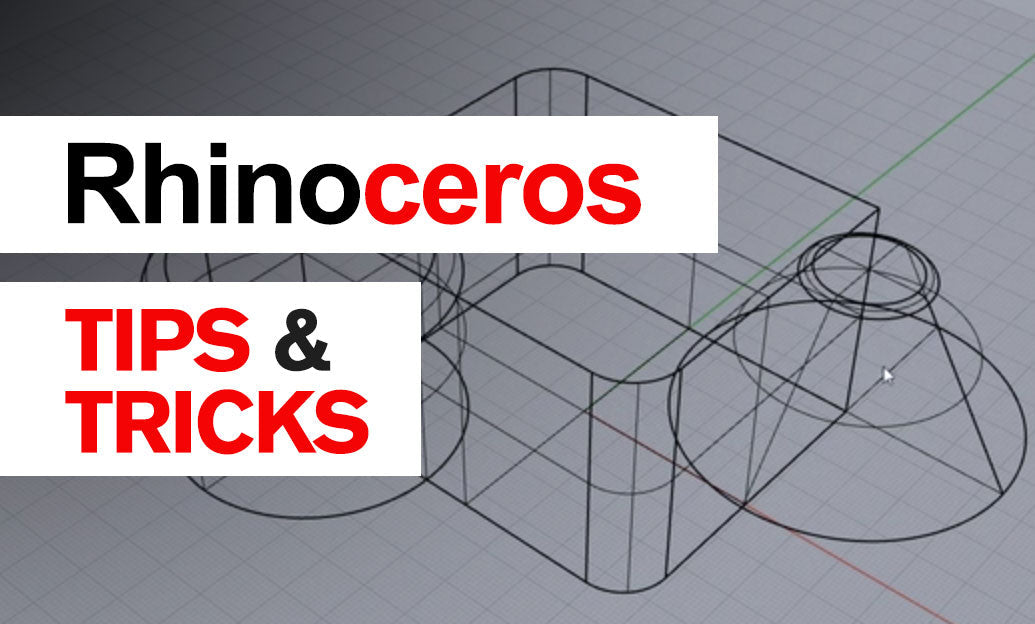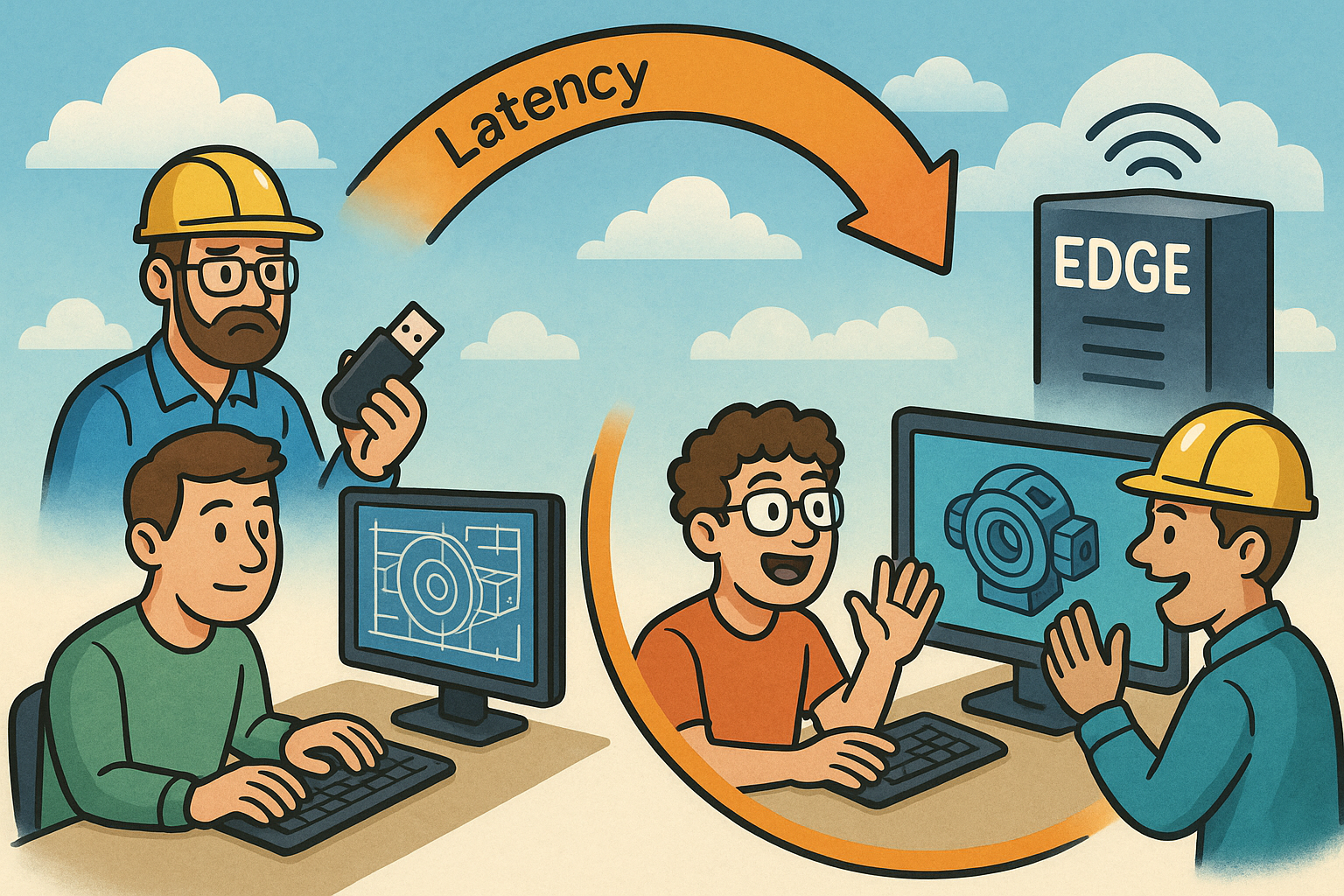Your Cart is Empty
Customer Testimonials
-
"Great customer service. The folks at Novedge were super helpful in navigating a somewhat complicated order including software upgrades and serial numbers in various stages of inactivity. They were friendly and helpful throughout the process.."
Ruben Ruckmark
"Quick & very helpful. We have been using Novedge for years and are very happy with their quick service when we need to make a purchase and excellent support resolving any issues."
Will Woodson
"Scott is the best. He reminds me about subscriptions dates, guides me in the correct direction for updates. He always responds promptly to me. He is literally the reason I continue to work with Novedge and will do so in the future."
Edward Mchugh
"Calvin Lok is “the man”. After my purchase of Sketchup 2021, he called me and provided step-by-step instructions to ease me through difficulties I was having with the setup of my new software."
Mike Borzage
Rhino 3D Tip: Efficiently Creating and Managing Blocks in Rhino 3D for Enhanced Modeling Productivity
January 17, 2025 2 min read

Blocks in Rhino 3D are a powerful tool for creating efficient and manageable models. By grouping geometry into blocks, you can create reusable components that update automatically throughout your project. This not only streamlines your workflow but also ensures consistency across your design.
Here's how to effectively create and manage blocks in Rhino 3D:
Creating a Block
- Select the Objects: Choose the geometry you want to include in the block.
-
Initiate the Block Command: Type
Blockin the command line or go to Edit > Blocks > Create Block. - Name the Block: In the dialog box, provide a meaningful name for your block. This helps in identifying it later.
- Set the Insertion Point: Specify a base point for inserting the block. This point serves as a reference when placing the block in your model.
- Confirm Creation: Click OK to create the block.
Inserting a Block
-
Use the Insert Command: Type
Insertin the command line or navigate to Edit > Blocks > Insert Block Instance. - Select the Block: From the list, choose the block you wish to insert.
- Set Insertion Options: Adjust scale, rotation, and insertion point as needed.
- Place the Block: Click in the viewport to insert the block into your model.
Managing Blocks
Effective block management is crucial for maintaining an organized model:
-
Block Manager: Access the Block Manager by typing
BlockManager. This tool allows you to view all blocks in your model, edit definitions, and update instances. -
Editing Blocks: To modify a block, double-click on an instance or use the
BlockEditcommand. Changes will automatically update all instances. - Updating External Blocks: If you've inserted external block files, use the Block Manager to update them when the source file changes.
-
Purging Unused Blocks: Remove unused block definitions with the
Purgecommand to keep your file clean.
Best Practices
- Consistent Naming: Use clear and consistent names for your blocks to make them easy to identify.
- Layer Management: Organize blocks and their components using layers. This allows for better control over visibility and object properties.
- Use Blocks for Repetition: Employ blocks for repeated elements like fixtures, furniture, or structural components to reduce file size and facilitate quick updates.
- Avoid Nested Blocks When Unnecessary: While blocks can contain other blocks, excessive nesting can complicate editing and management.
By mastering blocks in Rhino 3D, you enhance your modeling efficiency and maintain a well-organized project structure. This skill is particularly beneficial in complex projects where consistency and manageability are paramount.
For more tips and professional advice on Rhino 3D, check out NOVEDGE, a leading online retailer of design software. Visit our website for the latest products and expert support.
You can find all the Rhino products on the NOVEDGE web site at this page.
Also in Design News

Rhino 3D Tip: Build reusable, data‑driven title block templates in Rhino
December 11, 2025 2 min read
Read More
Live Performance Budgets: Real-Time Cost, Carbon, Energy and Lead-Time in CAD/BIM
December 11, 2025 14 min read
Read MoreSubscribe
Sign up to get the latest on sales, new releases and more …



